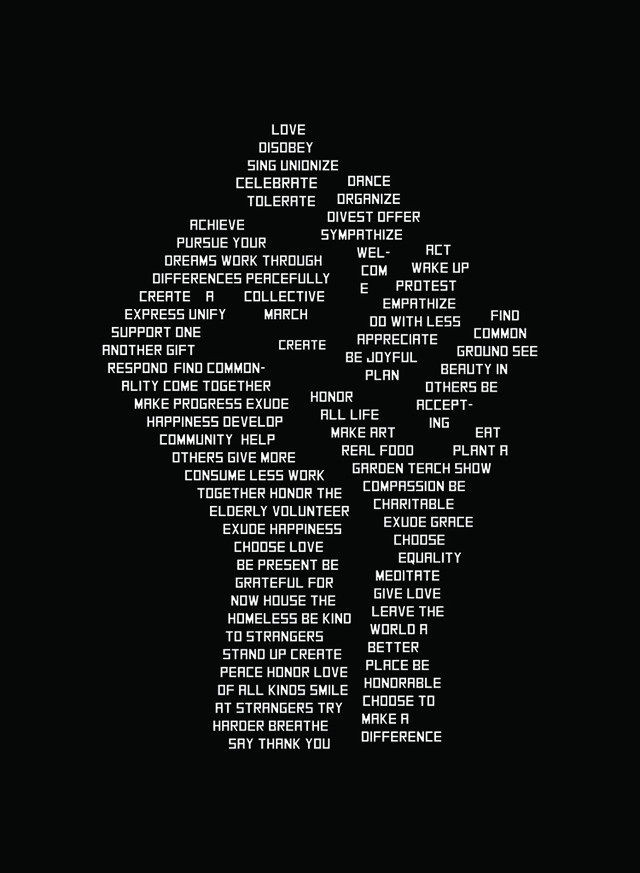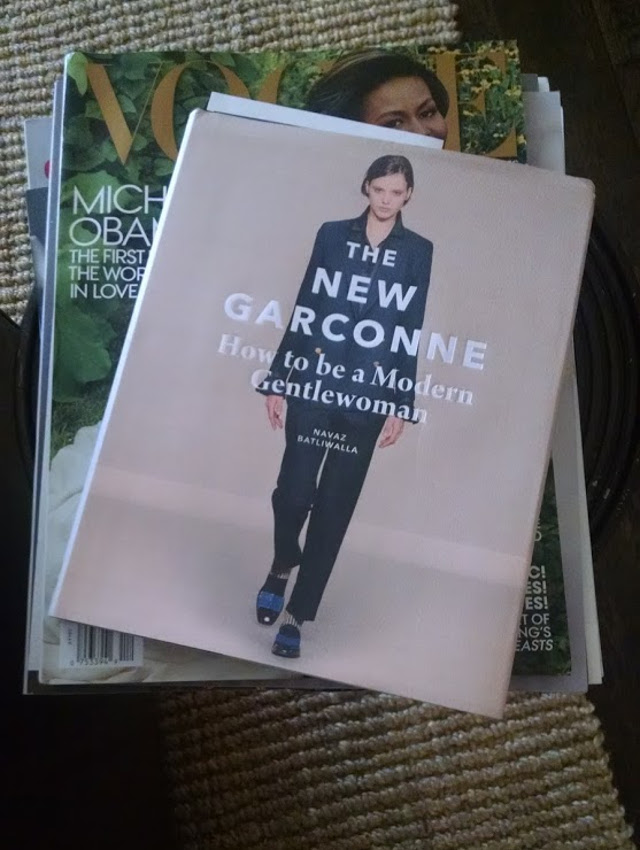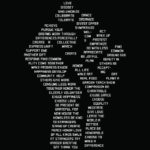
I remember watching President Obama’s first inauguration on a cold day in January 2009, curled up on the couch with my newborn son. History was being made, and I felt so excited for all the promises of the years ahead. This time, the feeling is quite the opposite. But come Saturday, thousands of Americans will take to our streets, their voices loud and demanding to be heard. Many of my fellow ethical writers will be marching, and I’m so incredibly proud of them. I’ll be with my boys attending school events and birthday parties, because that’s where I need to be right now, but my heart will also be with the marchers. Though there’s so much uncertainty within our country, I’m encouraged by the activism I see all around me. Here are some wonderful posts by other bloggers, many of whom will be marching on Saturday.
The official site of the Women’s March on Washington.
How to Prepare for the Women’s March on Washington. Leah is going!
Why and How to Participate in the Women’s March on Washington…Even if You’re Not in D.C. by Holly.
Mixtape: Inaugurate This! from Magdalena.
Summer shares her 2017 Ethical Activist Book Club list.
A truly comprehensive post on the march from Reading My Tea Leaves.
Cup of Jo features beautiful protest posters.
We The People: Public Art for the Inauguration and Beyond. The kickstarter has been funded, but you can still donate and receive prints in the spring. I bought a Bernie Sanders print when his campaign ended, and I am slowly filling my house with protest art. It’s a way to keep the message going long after the crowd has dispersed.
GRL PWR: Women We Love from Garmentory. I’m always thrilled to support activist designers.
Protests are an inaugural tradition. “I spent most of the ride in the presidential limo behind thick glass windows. While I couldn’t make out their words, their middle fingers spoke loudly.” — George W. Bush.
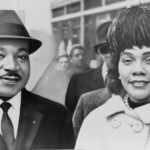
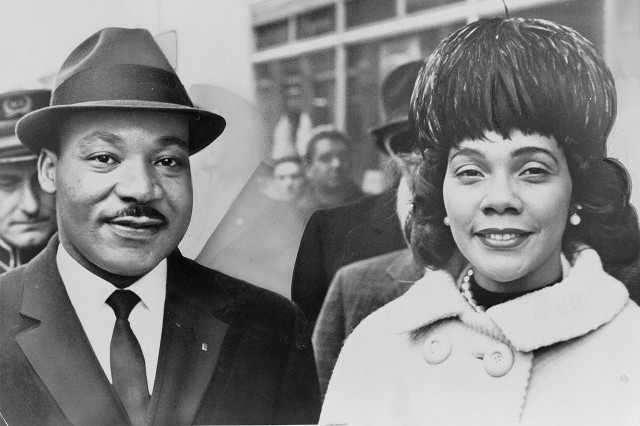
(Dr. Martin Luther King, Jr. and Coretta Scott King, 1963. Photo by Herman Hiller, public domain image via Wikimedia.)
Every year I sit down to write a post for Martin Luther King Day, and I always struggle to find the right things to say. This year, those words are even harder to find, as Dr. King’s birthday falls just days before Trump’s presidential inauguration. It feels like our entire country is hanging off the edge of a cliff right now, with so many unanswered questions and so many years of uncertainty ahead of us. In some ways, we are so very far from realizing Dr. King’s dream, but in other ways, we have made it.
We’re saying goodbye to our first Black president, one of the most influential leaders in my lifetime, and the only president my children and their friends have ever known. I wish we were welcoming in the first female president, but that was not to be. Not yet. But millions of people are marching, and working together, and carrying their anger and frustration forward in ways not previously seen since the 1960s; and, as naive as it might seem, I have to take comfort in that.
My boys learn about Dr. King in school, and this year, we looked at pictures of him with his family. He was just 39 when he died, the age I’ll turn this year, and he left behind four young children. Many, many other children in our country have been orphaned after their fathers or mothers were senselessly killed by police, and many children are growing up without their parents, who are jailed for minor offenses. Our incoming president carries a deep hatred in his heart for those that are not like him, and many families fear separation or deportation. It’s a turbulent time, to say the least.
Now, perhaps more than ever, I’m aware of the whiteness of my skin and the privilege that comes with that. I realize that I’m raising white boys who will become white men, and it’s up to my husband and me to teach them love, compassion, empathy, and awareness. I want to be an ally without overstepping, and I want to listen and learn the best ways to help make things better. Right now, that means teaching my children the things I know to be true, so that hopefully they’ll take those things to heart as they grow.
Here are some essays and stories that I’ve found compelling or helpful recently, specifically regarding issues of race during this post-election period.
“My President Was Black” by Ta-Nehisi Coates.
Allyship Post-Trump: 5 Things to Remember by Hoda Kotebi of Joo Joo Azad.
“The Exploitation of Martin Luther King, Jr.’s Legacy by White Supremacy,” from The Establishment.
“Radical Brownies,” a short film that follows a group of young social activists in California.
The full text of President Obama’s farewell speech.
“Self-segregation: How a personalized world is dividing Americans,” by Danah Boyd. President Obama talked about this phenomenon in his speech.
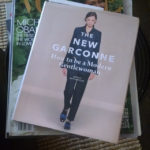
I first mentioned The New Garconne: How to be a Modern Gentlewoman by Navaz Batliwalla in a recent post. Since then, I’ve read through it twice and recommended it to Grechen, who also ordered it right away. While I wasn’t previously familiar with Batliwalla, the blogger behind Disneyrollergirl, her book has quickly become one of my very favorite style publications. In it, Batliwalla profiles a set of influential women in and around the fashion industry who “embody a quietly assured masculine-feminine style,” that of a modern gentlewoman.
Even though I’m a mom in the suburbs of Texas, or, more likely, because of it, I appreciate this examination of style immensely. As I’ve become an advocate for ethical clothing and simplified my own wardrobe over the past few years, I’ve felt drawn to a specific aesthetic that is very different from my previous style and also very different from the dominant styles where I live. The New Garconne really encouraged me to continue my fashion pursuits in a way that goes along well with my desire to live more ethically.
While the book includes a list of shopping sources at the end, The New Garconne focuses more on the idea of “buy less but buy better,” as Caroline Issa, the CEO of the Tank Group, puts it. The importance of vintage items and treasured hand-me-downs are explored, as well as the concept of self-styled uniforms and capsule wardrobes. La Garçonne Moderne founder Kris Kim is working to define ten pieces that can become her own uniform, while Donna Wallace, the accessories director for ELLE UK reflects upon the idea of women’s fashion as previously disposable.
Many of the women profiled talk about their own individuality through the experience of not fitting in during their school days and young adulthood, which gave them the freedom to explore their own styles without following a herd mentality. Perfumer Lyn Harris describes herself as a childhood rebel, with a confidence that made her unafraid of anything. And along those same lines, sculptor Polly Morgan describes herself as not always being “the most confident person, but I’ve always had the confidence to stand behind my choices, even if they’ve been monstrous decisions with clothes, furniture, or my art.” This sentiment is echoed by many of the subjects profiled, and it’s very refreshing.
While Batliwalla chose women who embodied what she perceives as a new look that straddles the line between masculine and feminine style, she’s quick to point out that the idea of a new garconne is more about attitude than appearance. Sophie Hersan, the quality director of Vestiaire Collective, explains this idea in her profile, describing her inspiration gleaned from magazines at an early age, “what a woman could wear and a freedom that I could feel.” And it’s this freedom that translates to a relaxed and unique style that differs greatly from so many fashion blogs and even clothing lines.
The New Garconne made me stop and think about the politics of fashion and I’m hoping to explore some of these ideas in a post or two soon. I was really enamored with this book in a way that surprised me, and I definitely recommend it.

